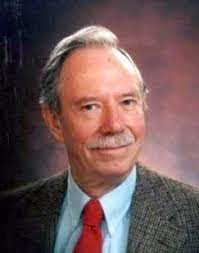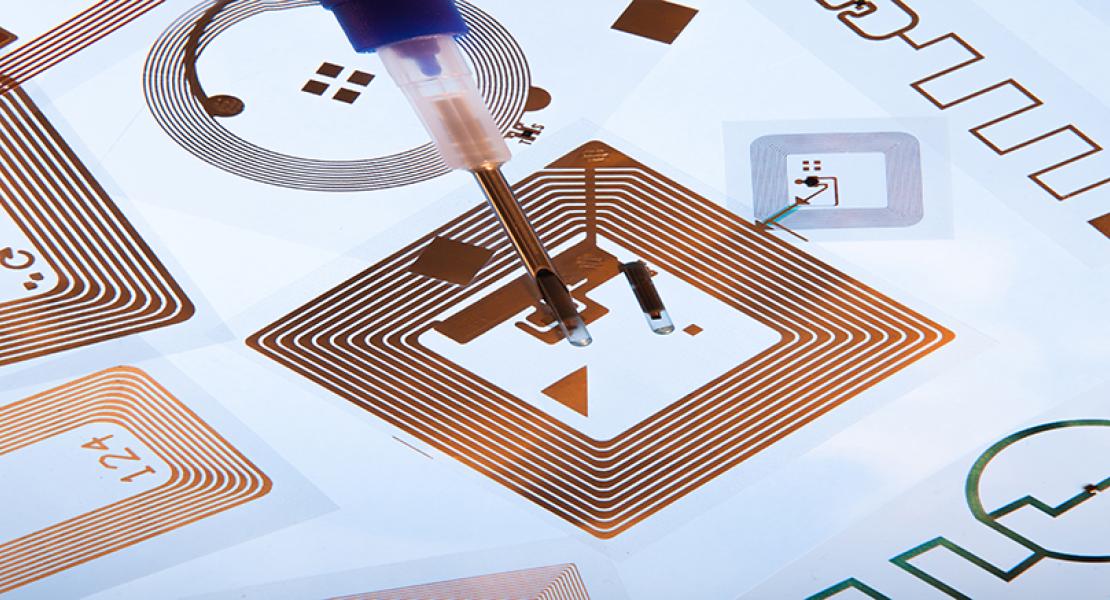Did you know there is no official National RFID Day?
There is, however, a National Barcode Day, which is celebrated on June 26th, but no official National RFID Day. Why is this significant? RFID, or radio frequency identification, is becoming relevant in more of our daily lives. Whether it is through using an RFID windshield tag toll pass on an expressway or a business using a more efficient way to track their fixed and mobile assets with RFID asset tracking software, RFID impacts us in more ways than we realize. Yet, there is no National RFID Day to commemorate and celebrate this remarkable technology.

the Father of RFID
So, what do you do when there is no official national day for what you want to celebrate? Apparently, you designate one yourself. Yes, technically there is an official council which I did submit my request to, but I haven't heard back yet, and I didn't want to miss this year's designated day - December 11th. Why this specific date? Well, I am glad you asked. While there are different accounts as to when and how RFID was first used and/or discovered, there is no argument as to when different patents were filed and who filed them.
The name Charles Walton tops the list of RFID patent holders.
Walton, known as the Father of RFID, was born December 11, 1921. An American inventor, Walton held the first patent to use the term RFID (radio frequency identification) granted in 1983. Walton didn't stop there. In total, he held 10 different patents for a number of RFID related devices.
Walton's first RFID patent granted began in 1970s with the design for a "portable radio frequency emitting identifier." The abstract of that patent stated the following:
| An automatic identification system wherein a portable identifier, preferably shaped like a credit card, incorporates an oscillator and encoder to generate a programmable pulse position-modulated signal in the radio frequency range for identification of the user. The identifier can be made to generate the identification signal constantly or can be made for stimulated transmission responsive to an interrogation signal. The identification signal can be preset or can be programmable by use of a programmable memory. |
To those not in the RFID industry the information from the patent may not make a lot of sense. Rest assured; however, everyone benefits from this invention/discovery in their everyday lives (think hotel room locks and "keys").
For those of us who are more familiar with RFID, this information is fascinating. To think that Walton and other inventors like him laid the foundation for what we continue to build on today is inspiring and should be celebrated.
Walton passed away in 2011, but won't you still join me in celebrating what would have been is 100th birthday by helping to get December 11th designated as National RFID Day? How? Post application stories and tag them #RFIDDay21 or simply share our RFID posts and re-tag them. We'll be holding our own small celebration inhouse on Friday (a day early because we're closed on Saturday) and post our pictures tagged with #RFIDDay21. I think we owe it to Mr. Walton. Don't you?
To learn more about our RFID tags, contact us today at [email protected]
Source: https://rfidworld.ca/the-history-of-rfid-technology-looking-back-at-its…
 | About the Author: Tyler JohnsonTyler has extensive experience and expertise in the identification industry. Prior to Grey Trunk RFID, he worked at Metalcraft which helped him understand the importance of a high quality identification tag. Now he is leading the team at Grey Trunk RFID to offer the complete solution. |




